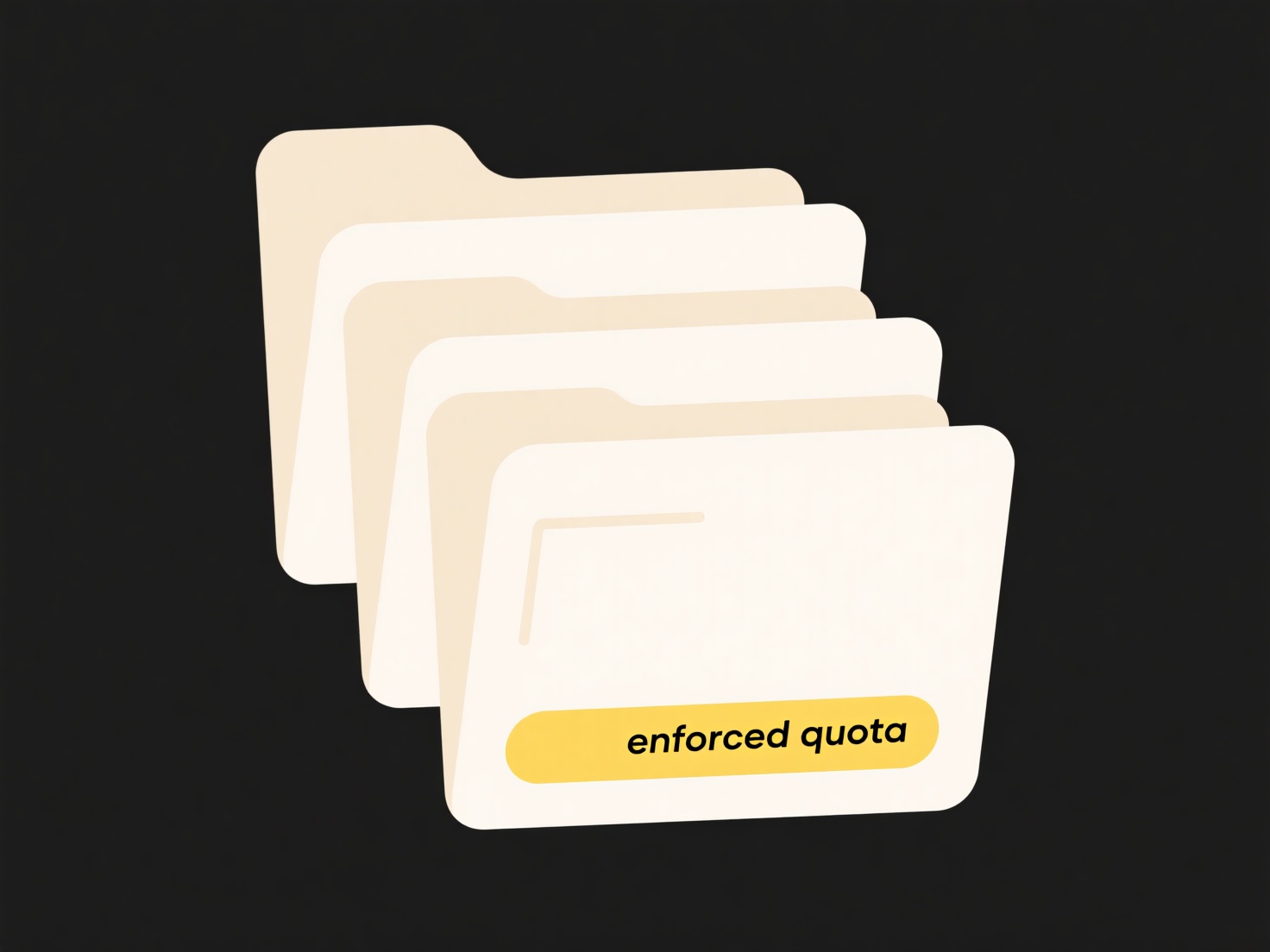
Renaming academic files by citation style means structuring filenames to reflect standardized referencing formats like APA or MLA. This approach organizes research materials like PDFs around their bibliographic attributes—author names, publication years, titles—rather than generic identifiers. Unlike sequential naming (e.g., Paper1.pdf), it encodes citation metadata directly into the filename itself, making retrieval intuitive for scholars adhering to specific style guides.

Legal researchers and academic librarians frequently use this method. For instance, a PDF cited in APA format might be named Smith_2020_ClimateChangeImpacts.pdf. Tools like Zotero or JabRef support automated renaming based on citation styles, while scripts (e.g., Python with Pandoc) can batch-process files using reference managers' export data.
Key advantages include rapid location of sources via search and clearer version tracking. Limitations include filename length restrictions obscuring long titles and potential inconsistencies when styles update. Future integrations with AI metadata extraction could automate naming further. While enhancing individual workflows, this practice relies on consistent manual entry or tool accuracy.
How do I rename academic files by citation style?
Renaming academic files by citation style means structuring filenames to reflect standardized referencing formats like APA or MLA. This approach organizes research materials like PDFs around their bibliographic attributes—author names, publication years, titles—rather than generic identifiers. Unlike sequential naming (e.g., Paper1.pdf), it encodes citation metadata directly into the filename itself, making retrieval intuitive for scholars adhering to specific style guides.

Legal researchers and academic librarians frequently use this method. For instance, a PDF cited in APA format might be named Smith_2020_ClimateChangeImpacts.pdf. Tools like Zotero or JabRef support automated renaming based on citation styles, while scripts (e.g., Python with Pandoc) can batch-process files using reference managers' export data.
Key advantages include rapid location of sources via search and clearer version tracking. Limitations include filename length restrictions obscuring long titles and potential inconsistencies when styles update. Future integrations with AI metadata extraction could automate naming further. While enhancing individual workflows, this practice relies on consistent manual entry or tool accuracy.
Related Recommendations
Quick Article Links
Can I embed shared files in websites securely?
Securely embedding shared files refers to displaying external content within your website while maintaining control over...
How do I rename files taken with Google Camera?
Google Camera automatically names photos and videos using a sequential format (e.g., "PXL_YYYYMMDD_HHMMSSXXX.jpg") when ...
How does Wisfile’s AI engine work without an internet connection?
How does Wisfile’s AI engine work without an internet connection? Wisfile performs all AI analysis directly on your co...